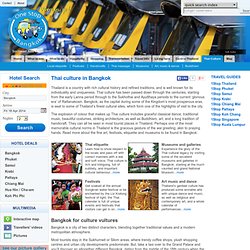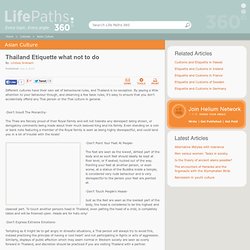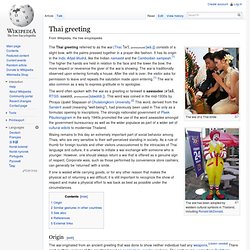

Thailand. Thailand (/ˈtaɪlænd/ TY-land or /ˈtaɪlənd/ TY-lənd;[11] Thai: ประเทศไทย, RTGS: Prathet Thai), officially the Kingdom of Thailand (Thai: ราชอาณาจักรไทย, RTGS: Ratcha Anachak Thai; IPA: [râːt.tɕʰā ʔāːnāːtɕàk tʰāj] ( )), formerly known as Siam (Thai: สยาม; RTGS: Sayam), is a country located at the centre of the Indochina peninsula in Southeast Asia.

It is bordered to the north by Burma and Laos, to the east by Laos and Cambodia, to the south by the Gulf of Thailand and Malaysia, and to the west by the Andaman Sea and the southern extremity of Burma. Its maritime boundaries include Vietnam in the Gulf of Thailand to the southeast, and Indonesia and India in the Andaman Sea to the southwest. Thailand experienced rapid economic growth between 1985 and 1996, and is presently a newly industrialized country and a major exporter.
There are approximately 2.2 million legal and illegal migrants in Thailand,[18] and the country attracts a significant number of expatriates from developed countries.[19] Thai 101 - Greetings - Level One. Thai culture in Bangkok. Thailand is a country with rich cultural history and refined traditions, and is well known for its individuality and uniqueness.

Thai culture has been passed down through the centuries, starting from the early Lanna period through to the Sukhothai and Ayutthaya periods to the current ‘glorious era’ of Rattanakosin. Bangkok, as the capital during some of the Kingdom’s most prosperous eras, is seat to some of Thailand’s finest cultural sites, which form one of the highlights of visit to the city. The explosion of colour that makes up Thai culture includes graceful classical dance, traditional music, beautiful costumes, striking architecture, as well as Buddhism, art, and a long tradition of handicraft. They can all be seen in most tourist places in Thailand. Perhaps one of the most memorable cultural norms in Thailand is the gracious gesture of the wai greeting; akin to praying hands. Bangkok for culture vultures. Food. Thailand culture etiquette: What not to do. Lindsay Grahaem's image for: "Thailand Etiquette what not to do" Caption: Location: Image by: Different cultures have their own set of behavioural rules, and Thailand is no exception.

-Don't Insult The Monarchy- The Thais are fiercely proud of their Royal Family and will not tolerate any disrespect being shown, or derogatory comments being made about their much beloved King and his family. -Don't Point Your Feet At People- The feet are seen as the lowest, dirtiest part of the body and as such feet should ideally be kept at floor level, or if seated, tucked out of the way. -Don't Touch People's Heads- Just as the feet are seen as the lowliest part of the body, the head is considered to be the highest and cleanest part. -Don't Express Extreme Emotions- Tempting as it might be to get angry in stressful situations, a Thai person will always try to avoid this, instead practicing the principle of having a 'cool heart' and not participating in fights or acts of aggression.
-Don't Dress Provocatively- Farang. The tourist hub of Bangkok's Khaosan Road is associated with farang. Farang (Thai: ฝรั่ง [faràŋ]) is a generic Thai word for someone of European ancestry, no matter where they may come from. The Royal Institute Dictionary 1999, the official dictionary of Thai words, defines the word as "a person of white race".[1] Etymology and related words[edit] It is generally believed that the word farang originated with the Persian word farang (فرنگ) or farangī (فرنگی), meaning "Frank, European".
This in turn comes from the Old French word franc, meaning "Frank", a West Germanic tribe that became the biggest political power in Western Europe during the early Middle Ages, and from which France derives its name. Other uses[edit] Varieties of food/produce which were introduced by Europeans are often called farang varieties. In the Isan Lao dialect, the guava is called mak sida (Thai: หมากสีดา), mak being a prefix for fruit names. See also[edit] References[edit] External links[edit] Thai greeting. The wai of a Thai bride The wai has been adopted by western cultural symbols in Thailand, including Ronald McDonald.

The Thai greeting referred to as the wai (Thai: ไหว้, pronounced [wâːj]) consists of a slight bow, with the palms pressed together in a prayer-like fashion. Thailand.